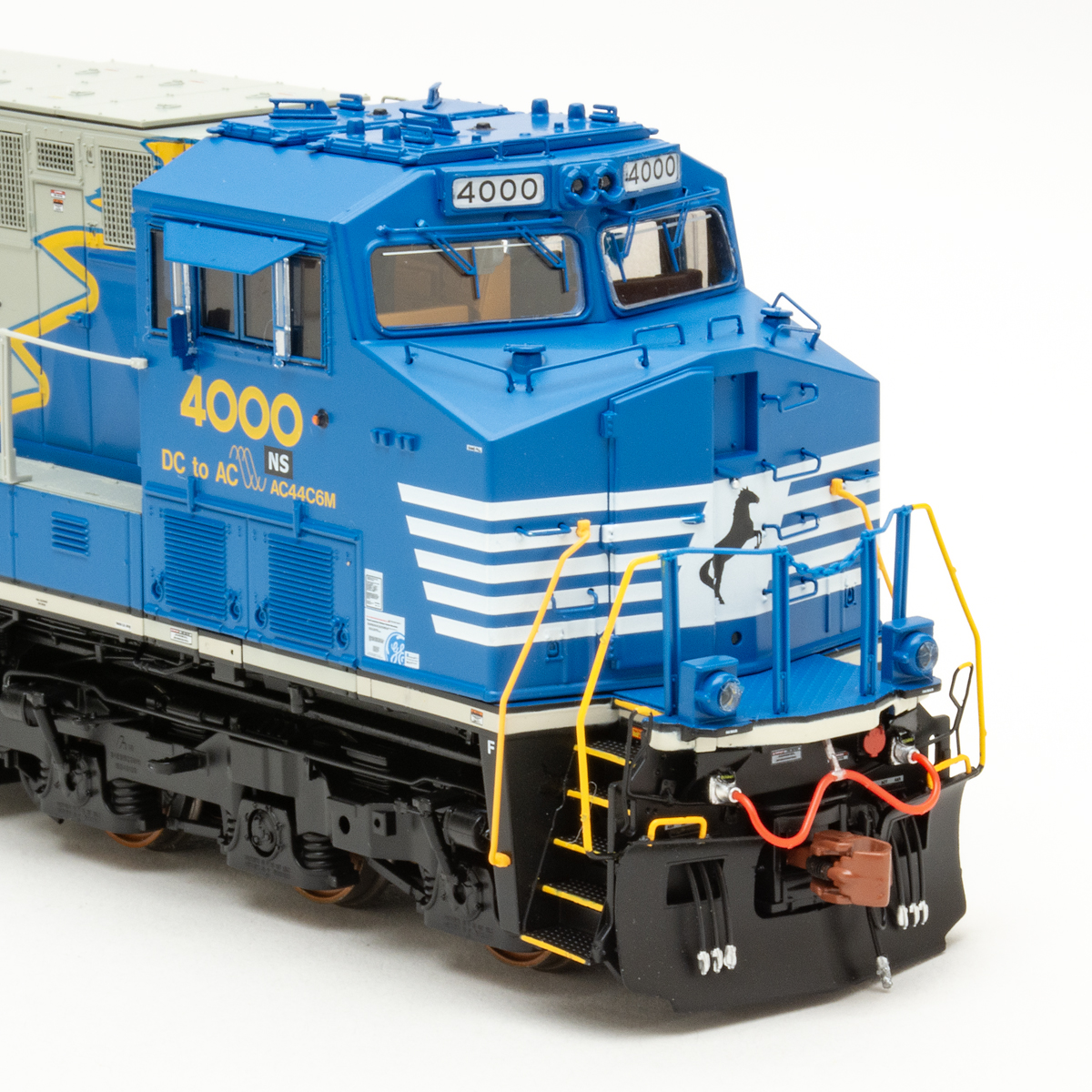In a complaint filed Oct. 23 with the U.S. District Court in Birmingham, the railroad alleges that Boatright Railroad Products sold some 4.75 million defective rail, switch and bridge ties between 2009 and 2014. NS alleges that Boatright used improper wood, improperly dried wood, and improperly treated it with substances to make them look like they had been treated with creosote.
Norfolk Southern also alleges that Boatright paid a former NS track inspector, working as a consultant, some $128,000 to certify that the ties had been treated to meet the railroad’s standards.
NS is seeking $50 million in damages, an amount that could triple if it proves that Boatright was engaged in a civil conspiracy under the Racketeer Influenced and Corrupt Organizations Act.
The railroad’s complaint says that Boatright principals Shane Boatright and John Bookout told employees to “simply ‘make them black’ by whatever means necessary — so as to mimic the appearance of having been properly treated in accordance with the NS specifications.”
Norfolk Southern alleges that Boatright coated ties with motor oil, anti-freeze, paint, and a chemical compound “which, when applied to a rail tie, would mimic the appearance of a properly-treated tie at a dramatic cost savings.”
Boatright sold its tie-treating facility to another company in 2014, according to the complaint. In June 2016 former Boatright employees tipped off NS about the alleged fraud. NS began an investigation “and discovered thousands of such railroad ties were degrading at a much faster pace than expected.”
Properly treated hardwood ties may sell between $15 and $35 a piece, according to the Railway Tie Association, depending upon quality, size, and demand. Treated ties may last as many as 30 years before being replaced helping spike or clips hold track gauge while also distributing a train’s weight through the ballast and roadbed.
Court records say Boatright had not filed its response to the charges as of Oct. 30.















Those who think concrete ties would have prevented this should look no further than the MBTA here in Massachusetts. New lines south of Boston were all constructed with concrete ties which quickly failed and required replacement with wood ties. Manufacturer walked away paying pennies on the dollar under threat of bankruptcy, in which case the state would have recovered almost no money at all. Taxpayer left holding the bag for millions of dollars in materials replacement costs and labor.
A properly treated crosstie can go 50 years under ideal conditions. As an Amtrak employee in the late 70s I walked ex-New Haven trackage in the Providence, RI area and saw plenty of 1920s date nails in ties that were still in service. Not looking great, but still functional.
How did the T&S gang not smell the lack of creosote? We can smell them driving by the railroad with car windows up. NS needs to look internally in addition to external to get to the bottom of this issue.
So now Norfolk Southern is going to court to recover damages. Hurray!
Is anyone going to complain about ambulance chasing lawyers?
Another comment, considering the age of these ties, and the unexpectedly short life span of these ties, have any of these ties contributed to derailments at either NS or CSX?
Amtrak’s “Crescent” most likely rolled perilously over those defective ties with the safety of passengers and crew at stake.
The claim that railroad ties last up to thirty years has always seemed dubious to me. If that were true, it seems that you wouldn’t see so many ties being replaced on a yearly basis. Every year I see both ND and CSX put big piles of them next to their ROW for replacent. And what is the deal with NS’s seemed shunning of concrete ties?
That will be like putting in green wood that will last 3 to 5 years. They better claim the cost damage for replacing them and the damage to train schedules and delayed service to customers for having to work all those track tie projects over again. I had a recent young engineer tell me the ties he was seeing were fragile junk that broke in half if they fell while unloading gondolas. It pays to have skilled inspectors. Why didn’t track supervisors take exceptions?
NS was probably not the only RR purchasing from the Boatright Co ?
I wonder how many of these defective ties got installed. NS will have quite a job ahead to go back and replace all of them.
That’s approximately 95 million in replacement cost alone. If you add the labor I’m guessing that’s going to be around 200 million. Plus the risk of track failures, derailments, etc. Someone needs to go to prison for this.
This is what happens when a large entity subs out its QA instead of doing it in-house.
I remember a story about PRR having a lab that they tested EVERYTHING they used. No matter what they bought they, they bought a lot of it and wanted it to last. I guess a modern railroad would have no use for this.
The “Price of Low Price” may be in force in this matter. There are “Infinite PossibiliTIES” with the lawsuit.
Omg what a mess this could turn out to be. The government could step in and close NS down or at least slow them down until ALL counterfeit ties are replaced. I’m thinking 50 million won’t even come close to what it will cost to replace them all. And looking back at all their derailments they have had how many were tie or track caused. Shame on those responsible for ripping off NS and exposing the american public to a ticking time bomb.
Since virtually all ties in places such as Switzerland, Austria, northern Italy, etc., are all concrete, I am dubious about Mr. Fowler’s claim that they are not effective in freeze/thaw areas. Also, much of the US northeast corridor is now built with concrete ties.
To answer a few questions. I work for csx and have seen the tie quality drop dramatically over the last few years. The ties we put in seem just to be spray painted black. The first rain turns most ties blonde. They also are much harder than old ties, which makes them more brittle and crack prone. It you look at an old tie you’ll see the creosote layer is 6+ inches deep whereas the new ties might be an inch. As for concrete ties, they have their pros and cons, but are less useful than wood where there are freeze thaw cycles.
I believe some were sold to CSX, too. Interesting.